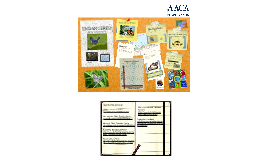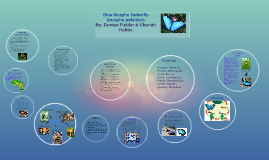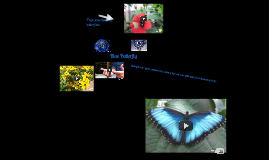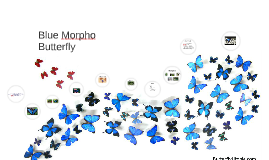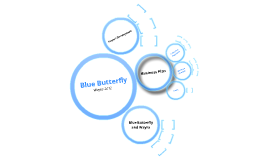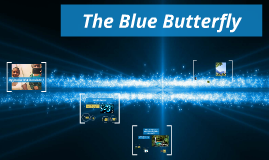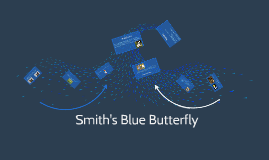Blue Butterfly
Transcript: The entire life cycle of the Morpho butterfly, from egg to death, is approximately 115 days. The larvae hatch from pale green, dewdrop-like eggs. The caterpillars have reddish-brown bodies with bright lime-green or yellow patches on its back. Its hairs are irritating to human skin, and when disturbed it secretes a fluid that smells like rancid butter. They feed on a variety of leguminous plants. The caterpillar will molt five times before entering the pupal stage. The chrysalis is jade-green and emits a repulsive, ultrasonic sound when touched. The adults live for about two to three weeks. They feed on the fluids of fermenting fruit, decomposing animals, tree sap and fungi. They are poisonous to predators thanks to toxins they sequestered from plants they fed on as caterpillars. laying 50 to 100 eggs at a time. By Janine N & Dominae J Their Poor World :'( Time For It to Go On A DIET The blue butterfly, also known as Morpho menelaus is a beautiful enchanting BLUE butterfly! What Do THEY Like? What is Getting TAKEN from them? Home Sweet Home Some humans use the butterfly for jewelry! By keeping the butterflies away from preditors such as birds, man, fish, lizards and spiders, plantings trees and flowers for sheltor and food, and also keeping them near water would help them from extintion. Native Habitat Poor Butterfly :( BLUE Basics The Blue Morpho Butterfly is a species of neotropical (The eotropical region extends from the southern tip of South America up to Mexico. This vast region includes many different habitats, including tropical rainforests) butterfly that has brilliant blue wings. South and Central America has rainforests beyond your wildest dreams. The Blue Butterfly the Blue butterfly is ostly found in rainforests such as the ones in South and Central America. Life Cycle How can we help? Humans cut down trees in the rainforests for their own benefits such as furniture, tiles, and many other manufacted goods. The blue morpho’s diet changes throughout each stage of its lifecycle. As a caterpillar, it chews leaves of many varieties, but prefers to dine on plants in the pea family. When it becomes a butterfly it can no longer chew, but drinks its food instead. Adults use a long, protruding mouthpart called a proboscis as a drinking straw to sip the juice of rotting fruit, the fluids of decomposing animals, tree sap, fungi and wet mud. Blue morphos taste fruit with sensors on their legs, and they "taste-smell" the air with their antennae, which serve as a combined tongue and nose.






